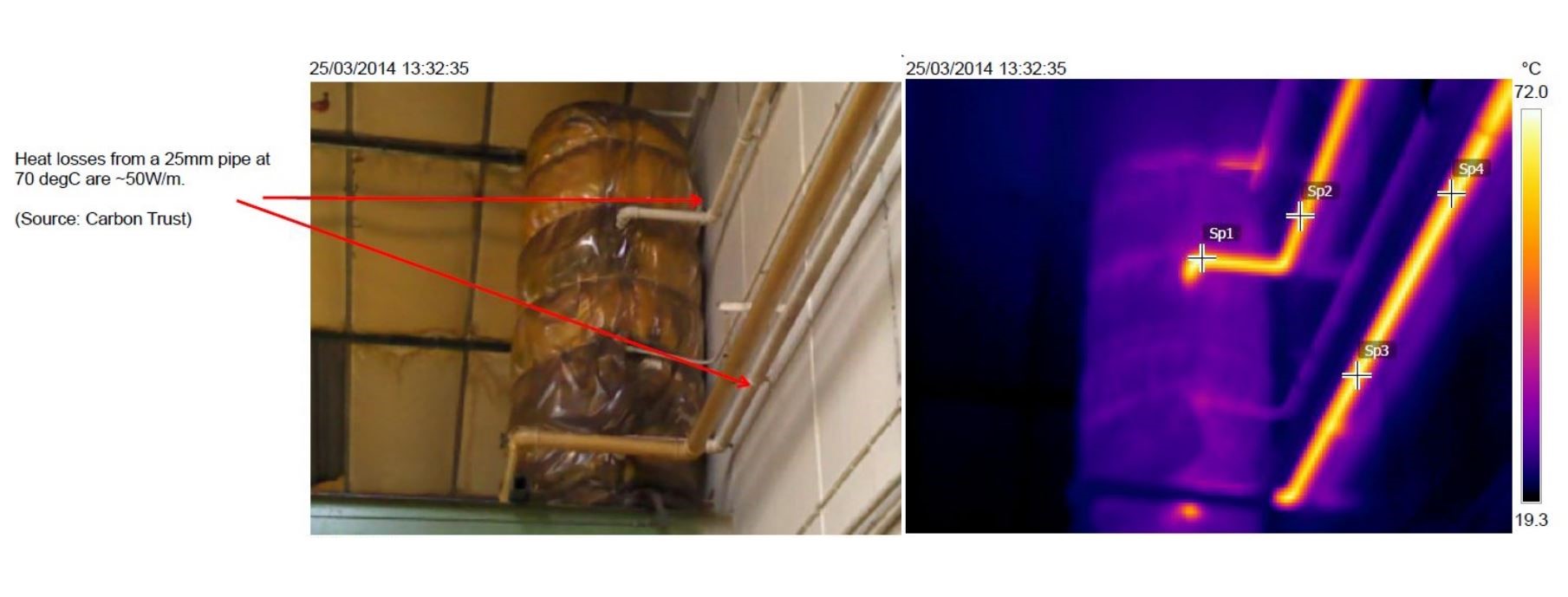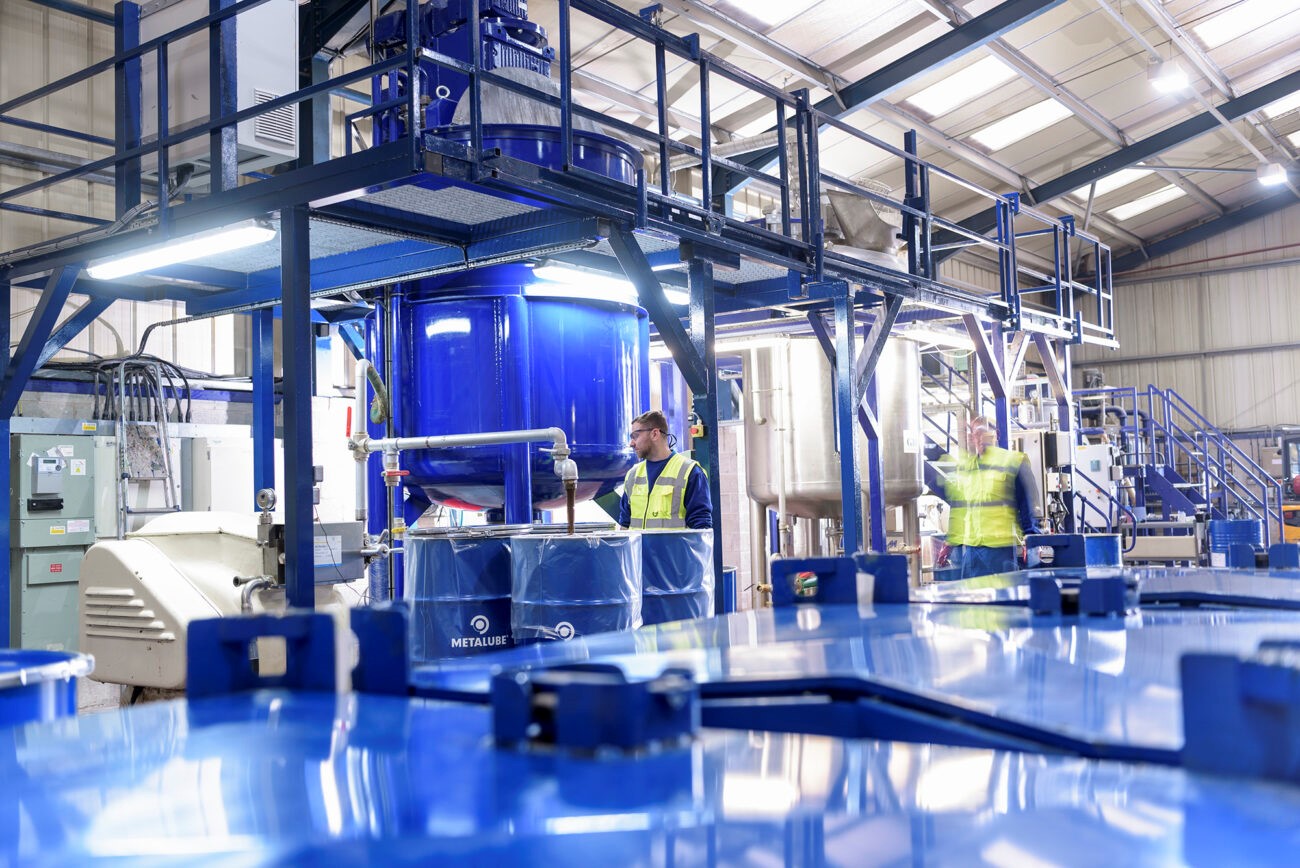How to save energy: heating
Read time: 2 minutes

Read time: 2 minutes

Efficiently managing your heating system should be a top priority, especially now that the heating season is well underway.
There are plenty of easy wins here that are often overlooked, often with no associated upfront cost.
Guidelines generally recommend setting the temperature at 19°C in working areas. However, temperatures can be set lower than this in corridors, storerooms or areas of higher physical activity. A 1°C reduction in temperature shaves 8% off your heating bill!
You must take into account your scheduled operating hours, daylight savings time, weekends and Bank Holidays.
Workstations can be brought closer to heat sources as long as they do not cause any obstructions.
Up to 30% of heating costs can be saved by stopping cold air from entering your building. Check seals on windows and doors, use cheap draught excluders if needed, and consider fitting spring-loaded door closures or PVC strip curtains if doors are left open.
Insulating pipework with cheap foam lagging can reduce energy loss by 70%. You can fit it yourself and it will pay back in a matter of weeks. The image below shows how much heat can be lost through uninsulated pipes.


Destratification fans can be a relatively low-cost measure in warehouse spaces that stop warm air from gathering in the ceiling space by spreading it around the building evenly.
A non-condensing boiler with limited controls is significantly less efficient than a modern condensing boiler. Better still, investigate options to recover waste heat from your processes, replace your boiler with a heat pump, or install radiant heating technologies such as infrared heating, which heat objects rather than the air.
The image below shows the Manchester-based lubricants manufacturer Metalube, which saved £24,000 a year by installing a new energy efficient steam boiler.


If you are seeking a trusted, local supplier for installing energy-saving technologies, use our online marketplace.
This blog was originally published on the Bee Net Zero website.
Read our series of blogs to help you reduce energy in your business.
Green Intelligence - straight to your inbox
Share